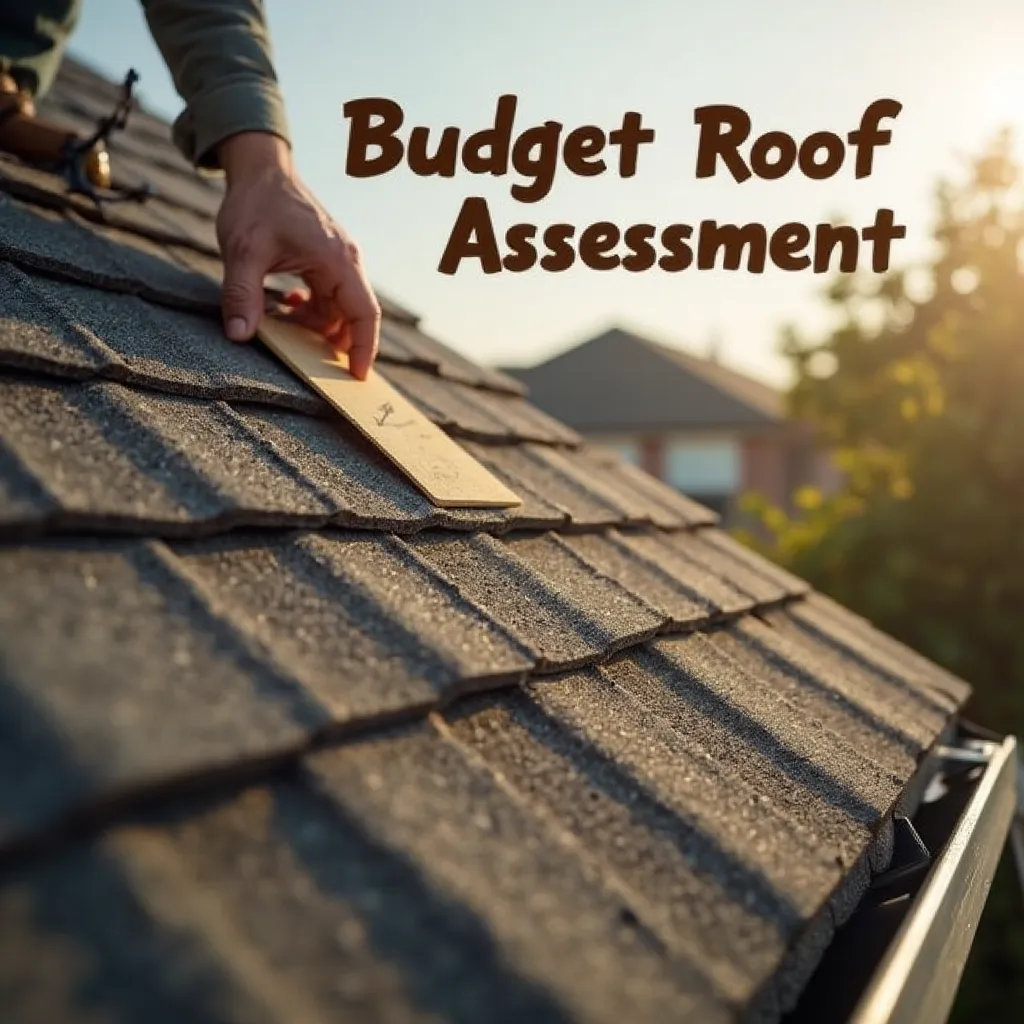
Your Guide to a Budget-Friendly Roof Assessment
Is the fear of unexpected roof repair costs keeping you up at night? You’re not alone. Many homeowners delay inspections due to cost concerns, but proactive assessments can save thousands long-term. This guide equips you with:
Step-by-step DIY checks (no ladder needed!),
Warning signs demanding professional help,
Cost-saving strategies for hiring experts,
Long-term benefits of a healthy roof.
Table of Contents
Why Regular Roof Assessments Save Money
DIY Roof Inspection Checklist
Interior Checks (Attic, Ceilings)
Exterior Ground-Level Inspection
Gutter & Downspout Maintenance
5 Red Flags You Need a Professional
Budget Tips for Professional Inspections
The ROI of a Healthy Roof
Conclusion & Next Steps
References
1. Why Regular Roof Assessments Save Money
Your roof shields your home from weather damage, but neglect can lead to:
Costly Repairs: Small leaks become structural disasters. (NRCA recommends biannual checks!)
Shortened Lifespan: Maintenance extends roof life by 5-10+ years.

The diagram above illustrates how regular roof assessments create a self-reinforcing cycle of benefits. Blue represents the assessment phase, green shows key benefits, and orange highlights the resulting impacts. Notice how cost savings enable further assessments, while property protection ensures the ability to conduct future evaluations.Direct Financial Benefits
Reduced Emergency Repairs: Early detection of issues prevents minor problems from escalating into major repairs
Lower Overall Maintenance Expenses: Regular assessments reduce the likelihood of expensive fixes down the road
Energy Efficiency Improvements: Proper roof maintenance helps optimize energy consumption, leading to lower utility bills
Mold & Health Risks: EPA warns unchecked leaks cause toxic mold.
Mold exposure can lead to various health issues. The Environmental Protection Agency (EPA) warns that unchecked leaks can cause toxic mold growth, posing significant health risks. A video by Stillwater Family Care explains the symptoms of a mold allergy or reaction to exposure, which include:
Cough
Congestion
Runny nose
Watery eyes
Skin rash
Lower Home Value: Buyers prioritize well-maintained roofs.
2. DIY Roof Checks: Your First Defense
Interior Inspection Tips
Attic Check: Use a flashlight to spot water stains, mold, or light leaks.

Ceiling/Walls: Look for peeling paint or new stains—early leak indicators.

Exterior Ground-Level Checks
1. Shingle & Surface Condition
Missing, Cracked, or Curling Shingles: Look for shingles that are broken, lifted, or curled at the edges—these are prime entry points for wind and water damage.
Granule Loss: Check your gutters and downspouts for asphalt granules; an excess indicates the shingles are nearing end-of-life.
Discoloration or Streaking: Dark streaks often signal biological growth (algae or moss), which traps moisture and accelerates shingle decay.
• Shingle & Surface Condition
2. Flashing & Sealants
Flashing Integrity: Scan around chimneys, vents, and skylights for metal flashing that’s bent, rusted, or lifting—improperly seated flashing is a leading cause of hidden leaks (NRCA, 2016⁴).
Sealant Gaps: Look for cracks or shrinkage in roofing caulk and sealant beads; reseal with a high-quality roofing caulk rated for your climate.
We’ve created a comprehensive guide to roof repair —check it out here:
The Ultimate Roof Repair Guide in South Carolina
3. When to Call a Pro: Critical Red Flags
Active leaks or large ceiling stains
10+ damaged/missing shingles
Post-storm damage (hail, hurricanes)
Roofs older than 15-20 years
After major storms, FEMA advises professional assessments to avoid hidden damage.
🛑 Safety Note: Never climb roofs! Leave high-risk checks to professionals like Artigues Roofing.
4. Affordable Professional Inspections
Costs: 120–120–320 on average (HomeAdvisor, 2024).Some companies offer free estimates!
Seasonal Savings: Schedule off-peak (winter/early spring) for discounts.
Compare Quotes: Get 3+ estimates from licensed pros like Artigues Roofing.
5. Long-Term Benefits of Roof Health
Prevents $5,000+ water damage bills
Boosts energy efficiency (lower utility costs)
Ensures a safe, mold-free home
6. Conclusion: Act Now, Save Later
Proactive roof assessments prevent financial headaches. Start with DIY checks, then partner with trusted pros for peace of mind.
📞 Ready to Inspect?
Contact Artigues Roofing for a free, no-obligation assessment!
7. FAQ Section
Q: How often should I inspect my roof?
A: Biannually (spring/fall) and after severe weather.
Q: Can I inspect my roof myself?
A: Yes—use ground-level checks and attic inspections. Leave climbing to pros.
Q: What’s the cost of ignoring roof issues?
A: 10x higher! A $300 repair today prevents a $3,000 leak tomorrow.